Home>Gardening & Outdoor>Landscaping Ideas>How To Treat Dog Urine In Lawns
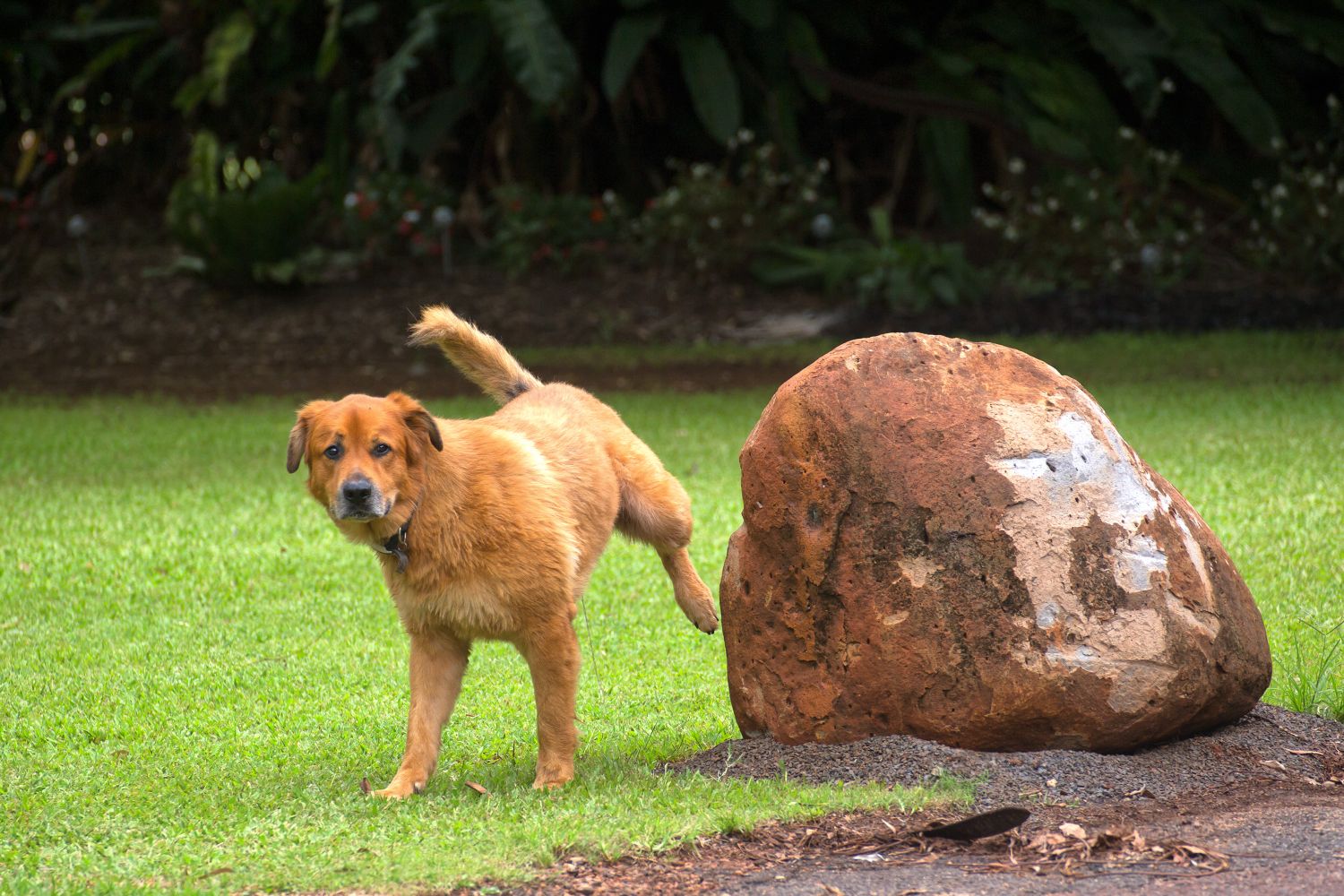

Landscaping Ideas
How To Treat Dog Urine In Lawns
Modified: August 16, 2024
Learn effective landscaping ideas to treat dog urine in lawns and keep your yard looking green and healthy. Discover solutions to prevent and repair lawn damage caused by pet urine.
(Many of the links in this article redirect to a specific reviewed product. Your purchase of these products through affiliate links helps to generate commission for Storables.com, at no extra cost. Learn more)
Introduction
Welcome to the wonderful world of landscaping! Whether you’re a seasoned gardener or a novice enthusiast, one thing is for certain: dog urine can wreak havoc on your lush green lawn. But fear not, for there are effective ways to treat and prevent dog urine damage, ensuring that your outdoor space remains a verdant oasis for both you and your furry friends.
In this comprehensive guide, we’ll delve into the nuances of dog urine damage, exploring the underlying causes and the impact it can have on your lawn. We’ll also equip you with practical tips for preventing and treating dog urine damage, allowing you to maintain a vibrant and healthy lawn year-round. So, grab your gardening gloves and let’s embark on this insightful journey to safeguarding your lawn from the perils of dog urine!
Key Takeaways:
- Prevent dog urine damage by keeping your furry friends hydrated, designating a potty area, and adjusting their diet. Promptly water affected areas to dilute the urine and maintain a well-maintained lawn.
- Treat dog urine damage by rinsing and reseeding affected areas, using soil amendments, and applying nitrogen-neutralizing fertilizer. Consider alternative ground cover options for persistent problem areas.
Read more: How To Store Dog Urine Sample
Understanding Dog Urine Damage
Before we delve into the remedies for dog urine damage, it’s crucial to understand the science behind this common issue. When dogs urinate on the lawn, the urine contains a high concentration of nitrogen, which, in large quantities, can overwhelm the grass and soil, leading to unsightly yellow or brown patches. Additionally, the urine’s acidic pH further exacerbates the damage, causing the grass to wither and die in the affected areas.
It’s important to note that the size of the dog, its diet, and its hydration levels can all influence the potency of the urine. Larger dogs and those with high-protein diets tend to produce urine with a higher nitrogen content, making them more likely to cause noticeable damage to the lawn.
Moreover, female dogs often leave more concentrated spots of urine due to their tendency to release it in one location, while male dogs distribute their urine more evenly across the lawn. Understanding these nuances can help you identify patterns of damage and tailor your preventative measures accordingly.
Furthermore, it’s essential to recognize that dog urine damage is not solely a cosmetic issue. Beyond the aesthetic implications, the compromised grass is more susceptible to disease, weed infestation, and further stress from environmental factors. As such, addressing dog urine damage is pivotal in maintaining a healthy and resilient lawn.
By comprehending the underlying mechanisms of dog urine damage, you’ll be better equipped to implement targeted strategies for prevention and treatment, ensuring that your lawn remains a vibrant and inviting space for both your canine companions and human guests.
Preventing Dog Urine Damage
Preventing dog urine damage is a proactive approach that can save you time and effort in the long run. By implementing the following strategies, you can minimize the impact of canine urine on your lawn, preserving its lush green appearance and overall health.
- Hydration is Key: Encourage your furry friends to stay well-hydrated by providing access to clean water throughout the day. Proper hydration can help dilute the urine, reducing its nitrogen concentration and mitigating its detrimental effects on the grass.
- Strategic Watering: After your dog urinates on the lawn, promptly water the affected area to dilute the urine and disperse the nitrogen. This simple yet effective step can significantly reduce the likelihood of visible damage.
- Designated Potty Area: Designate a specific area of the yard for your dog to relieve itself. Consider using gravel, mulch, or artificial turf in this designated spot to minimize the impact on the grass in the main lawn area.
- Adjusting Diet: Consult with your veterinarian to explore dietary options that can help reduce the nitrogen content of your dog’s urine. Certain specialized dog foods are formulated to produce urine that is less harmful to grass, offering a proactive solution to mitigate urine-related lawn damage.
- Regular Lawn Maintenance: Keep your lawn well-maintained by mowing at the appropriate height and aerating the soil to promote healthy grass growth. Robust and thriving grass is better equipped to withstand the effects of dog urine.
By incorporating these preventative measures into your lawn care routine, you can minimize the impact of dog urine on your grass, fostering a vibrant and resilient lawn that can withstand the occasional canine bathroom break.
To treat dog urine in lawns, dilute the affected area with water to help minimize the damage. You can also try using a lawn repair treatment to help restore the grass.
Treating Dog Urine Damage
When dog urine damage has already taken its toll on your lawn, swift and targeted action can help revive the affected areas and restore the overall health and vibrancy of your grass. Here are effective strategies for treating dog urine damage and rejuvenating your lawn:
- Rinse and Reseed: Begin by thoroughly watering the affected areas to dilute the urine and minimize its impact. Next, rake the area to remove dead grass and debris, then sprinkle grass seed over the bare spots. Keep the area consistently moist to promote germination and new grass growth.
- Soil Amendments: Introduce soil amendments such as gypsum or lime to help neutralize the pH imbalance caused by the acidic urine. These amendments can aid in restoring the soil’s health and creating an environment conducive to grass recovery.
- Spot Treat with Fertilizer: Apply a high-quality nitrogen-neutralizing fertilizer to the damaged areas. These specialized fertilizers can counteract the excessive nitrogen from the urine, facilitating the recovery of the grass without promoting excessive growth.
- Professional Lawn Care Services: Consider enlisting the expertise of professional lawn care services. Experienced professionals can assess the extent of the damage and recommend tailored solutions, such as targeted treatments and ongoing maintenance plans to revitalize your lawn.
- Alternative Ground Cover: For persistent problem areas, consider alternative ground cover options such as low-maintenance landscaping plants, decorative rocks, or mulch. These alternatives can provide aesthetic appeal while reducing the impact of dog urine on the grass.
It’s important to monitor the treated areas closely and provide ongoing care to facilitate the recovery process. With patience and consistent maintenance, you can effectively address dog urine damage and restore the lush beauty of your lawn.
Conclusion
As a landscape enthusiast and a dog lover, it’s essential to strike a harmonious balance between maintaining a healthy, vibrant lawn and accommodating the natural behaviors of our canine companions. By understanding the factors contributing to dog urine damage and implementing proactive measures, you can effectively safeguard your lawn from unsightly patches and promote its long-term resilience.
From encouraging proper hydration in your pets to promptly addressing urine spots with targeted treatments, every step you take contributes to the overall well-being of your lawn. Remember that prevention is key, but in the event of damage, timely and attentive treatment can facilitate the recovery process and rejuvenate your grass.
Ultimately, creating a dog-friendly landscape involves thoughtful planning, regular maintenance, and a touch of creativity. Embracing alternative ground cover options, designating specific potty areas, and adjusting your dog’s diet are all valuable strategies that can minimize the impact of dog urine on your lawn while ensuring a harmonious coexistence between your pets and your outdoor sanctuary.
By implementing the insights and tips shared in this guide, you can embark on a journey to cultivate a resilient and inviting lawn that can withstand the occasional challenges posed by dog urine. With a blend of proactive prevention and targeted treatment, you can enjoy a lush and vibrant outdoor space that accommodates both your love for gardening and your cherished furry companions.
So, as you tend to your lawn and revel in the joy of canine companionship, may these strategies empower you to nurture a flourishing landscape that thrives in the presence of your beloved pets.
Frequently Asked Questions about How To Treat Dog Urine In Lawns
Was this page helpful?
At Storables.com, we guarantee accurate and reliable information. Our content, validated by Expert Board Contributors, is crafted following stringent Editorial Policies. We're committed to providing you with well-researched, expert-backed insights for all your informational needs.
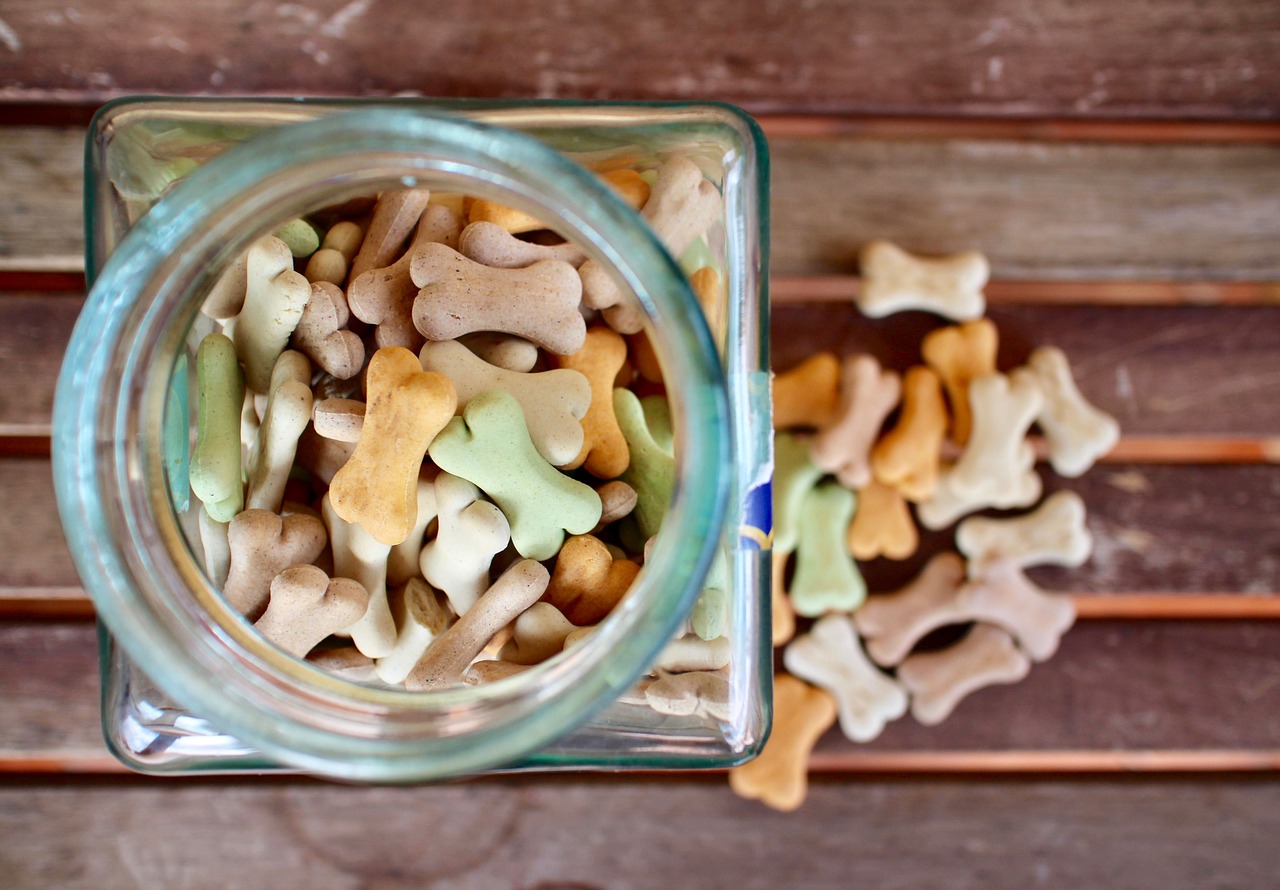
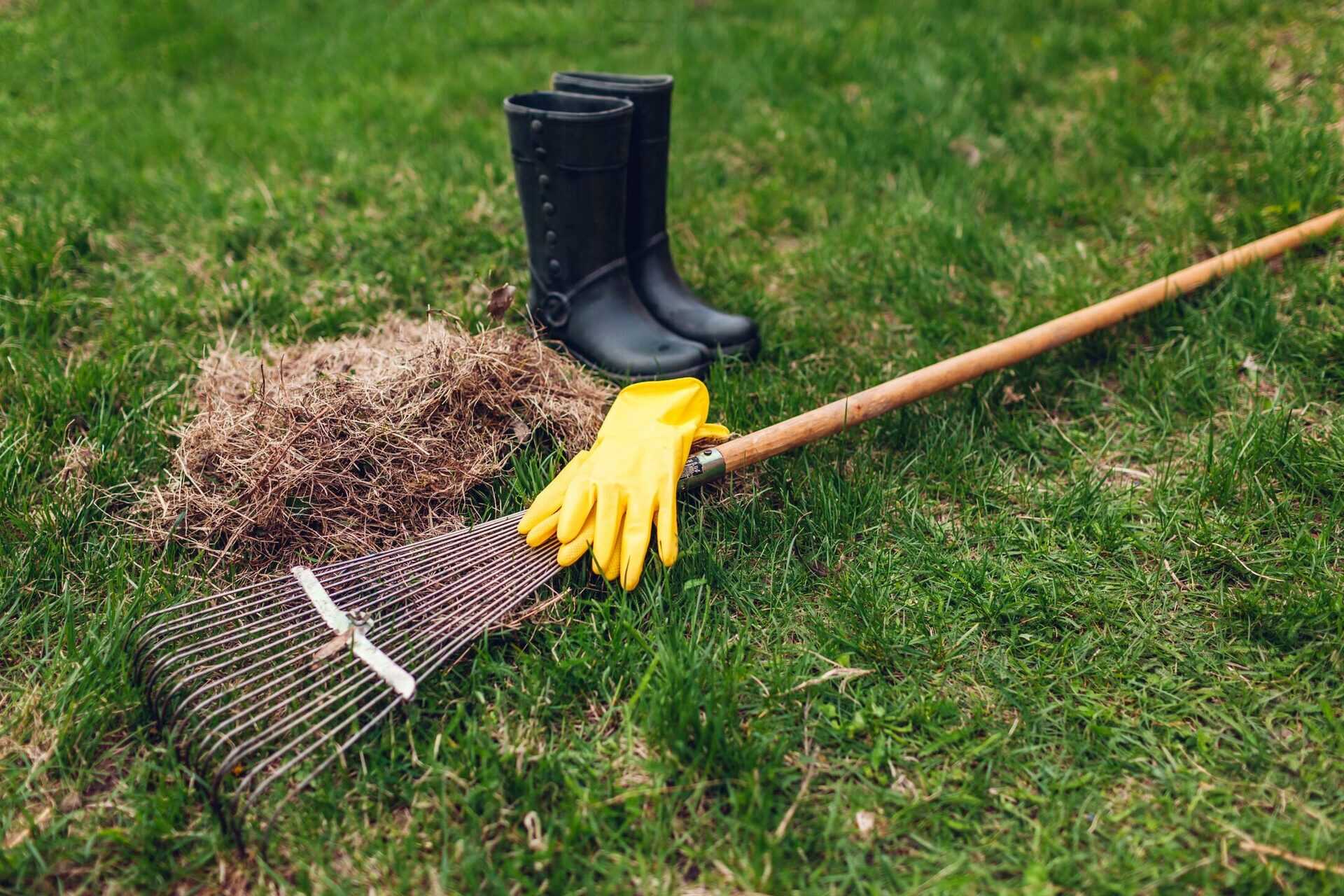
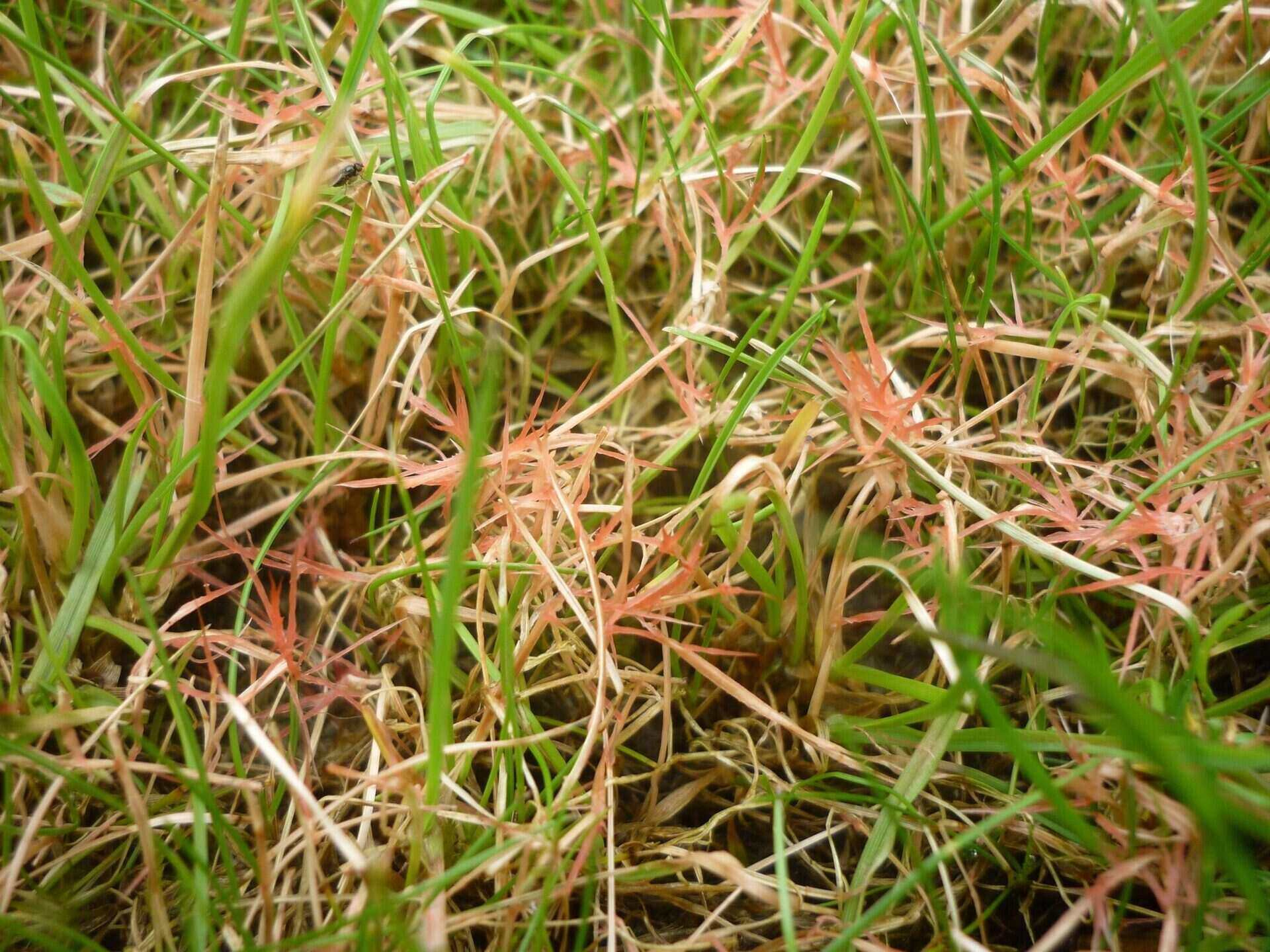
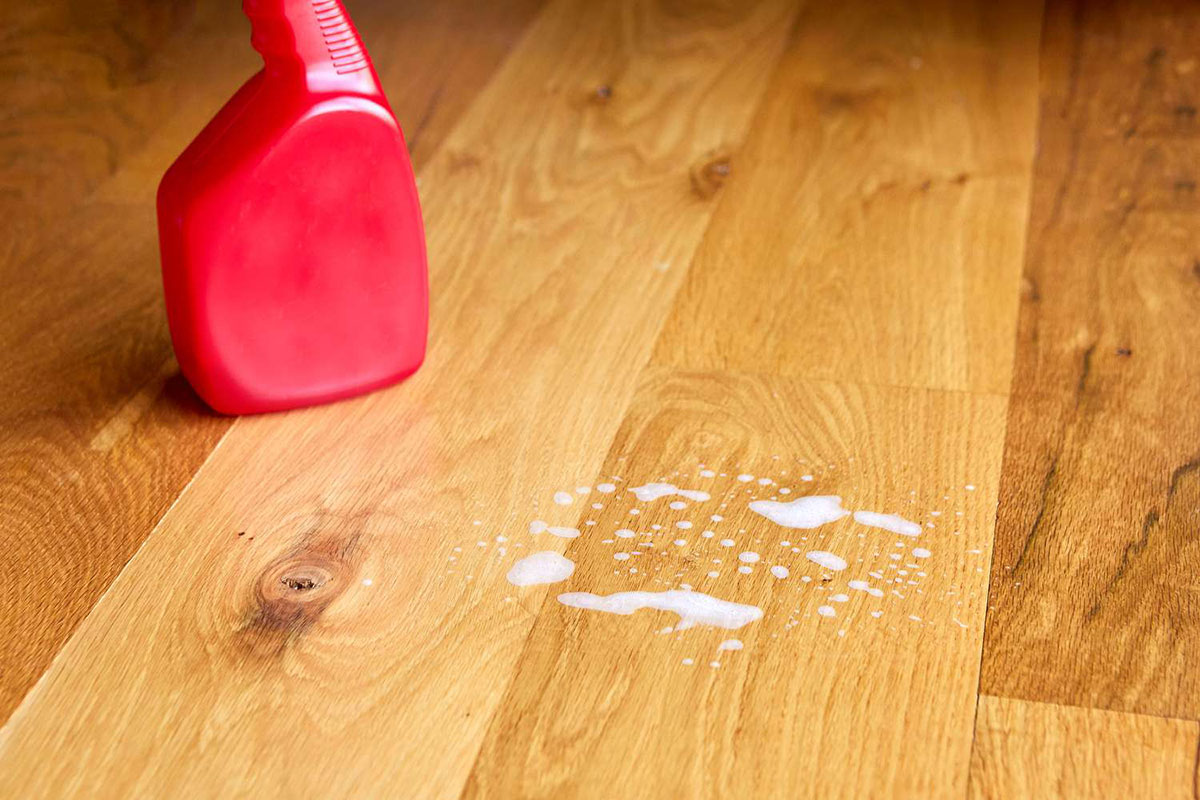
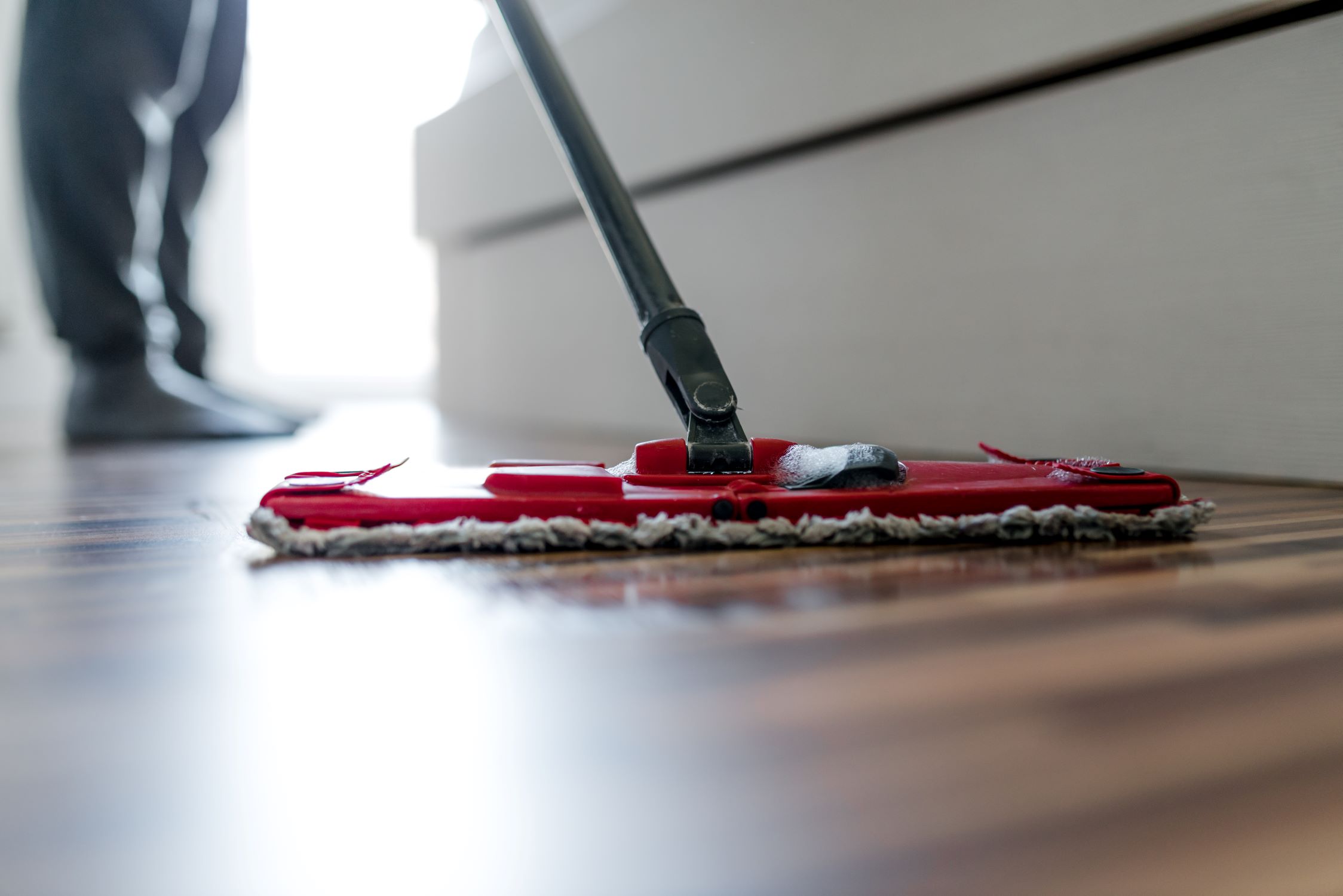
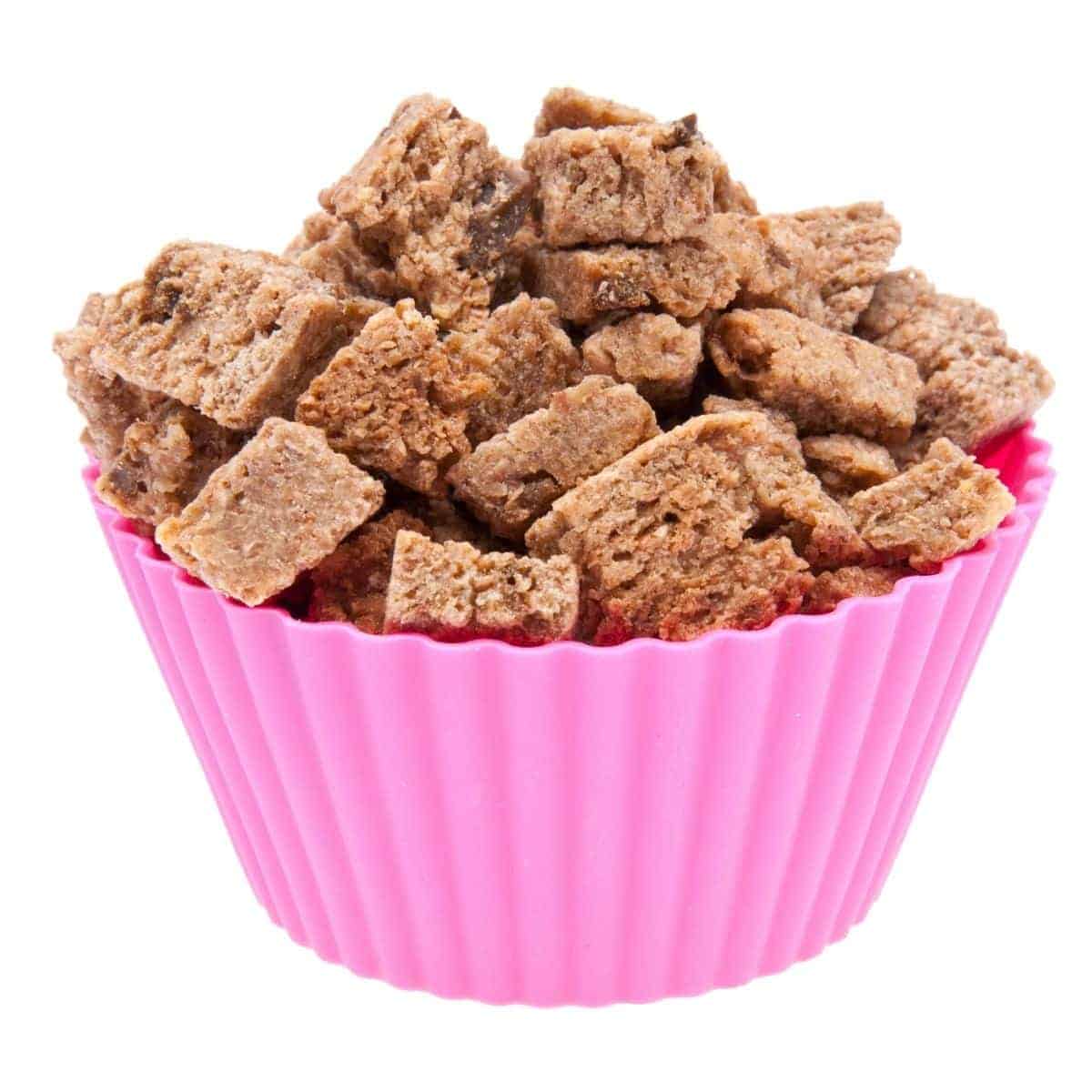
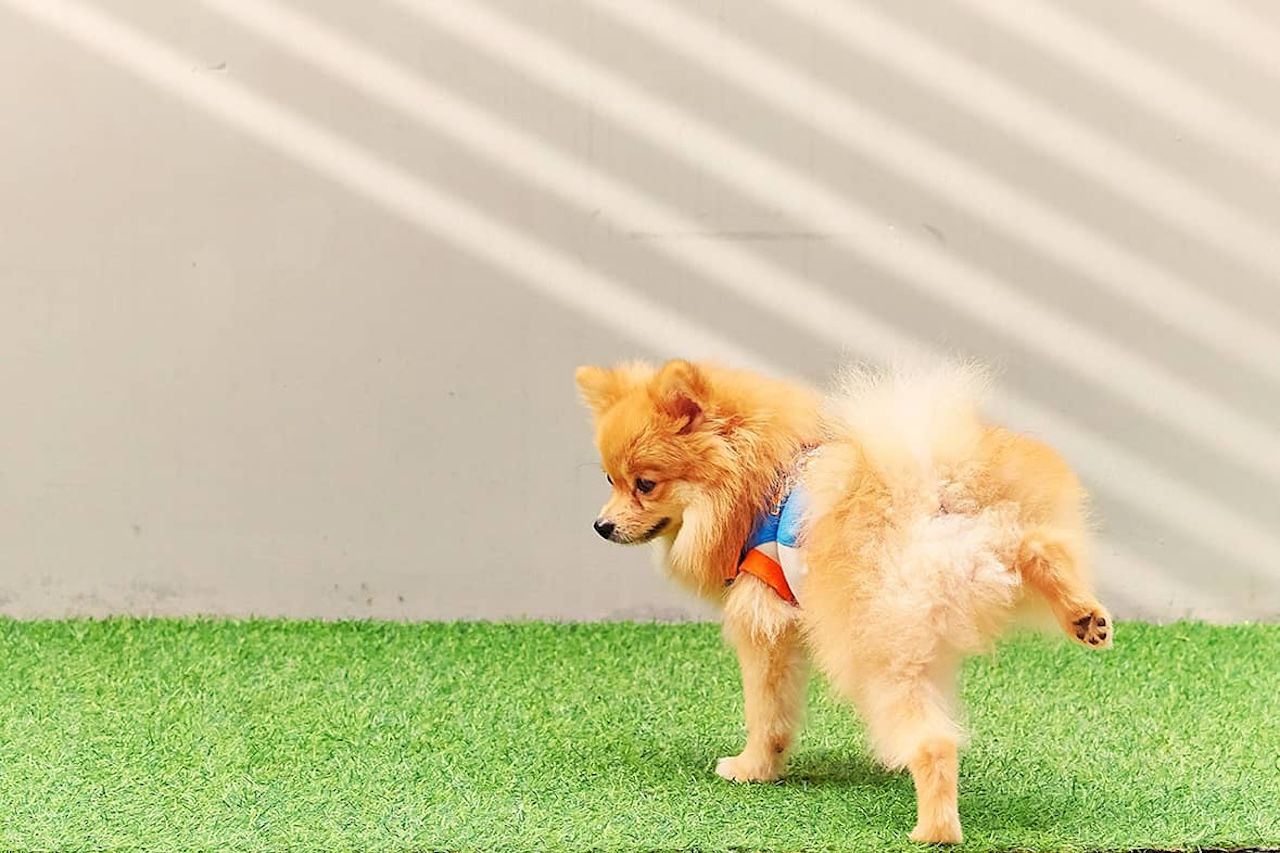
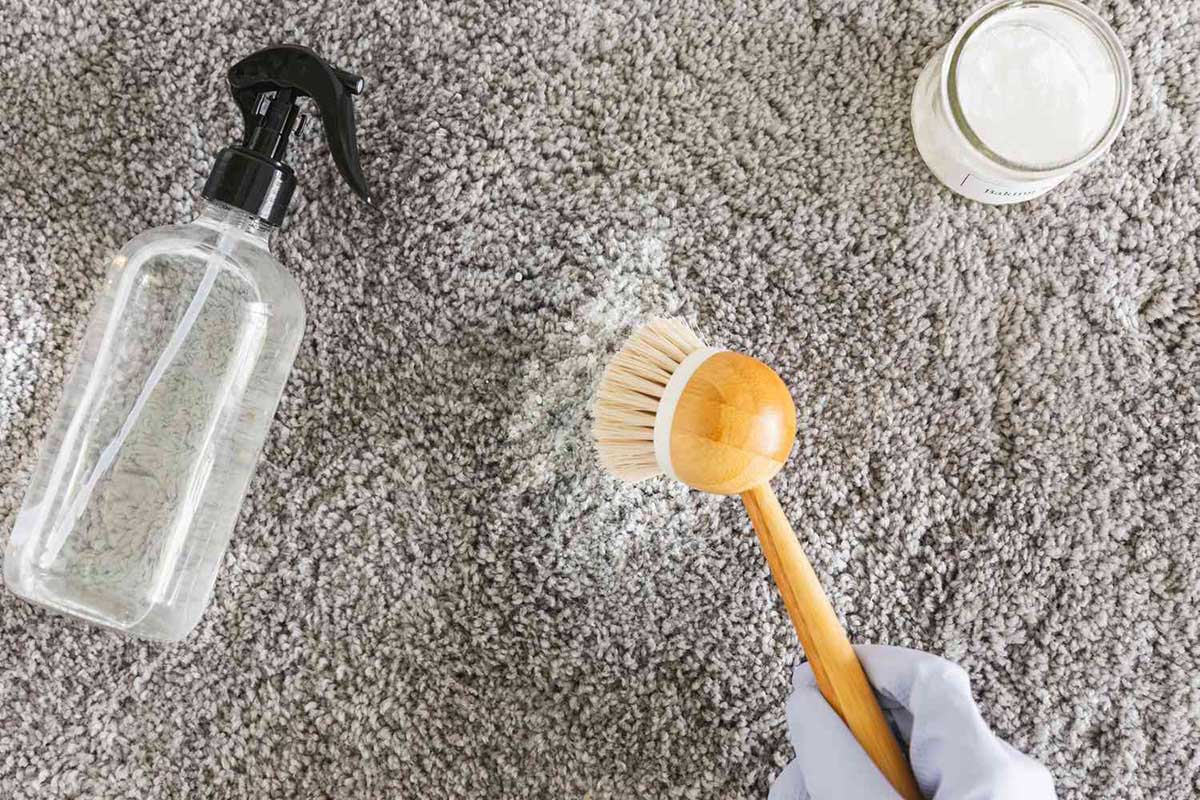
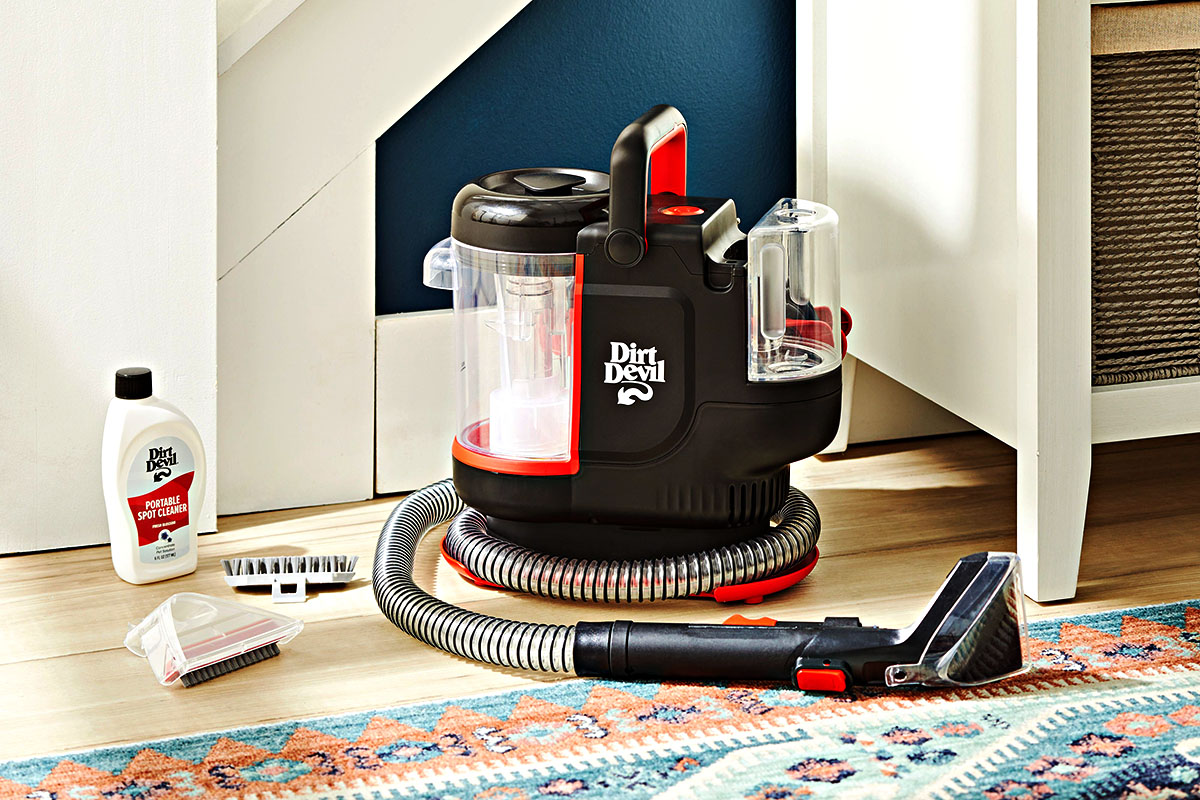
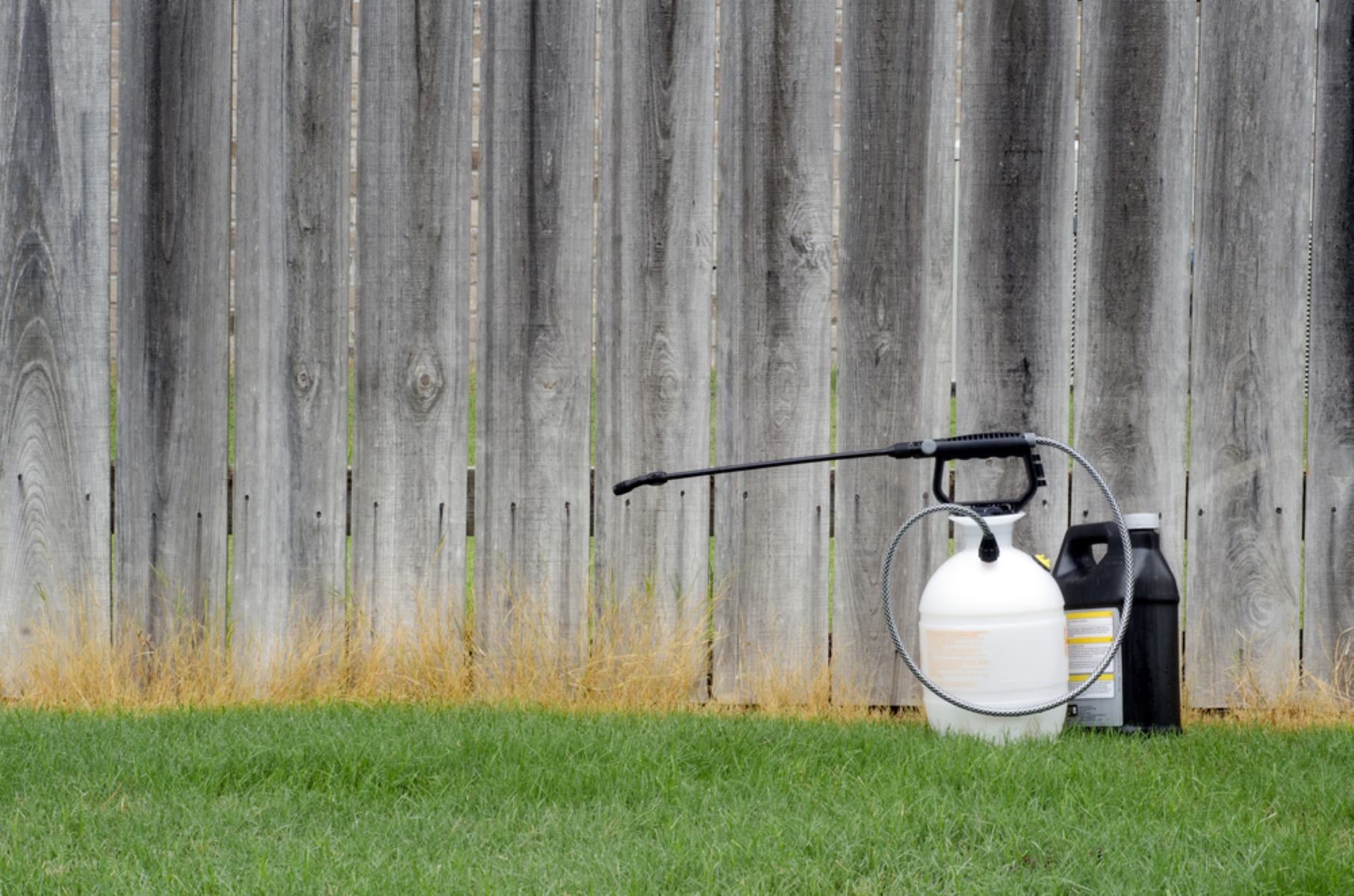
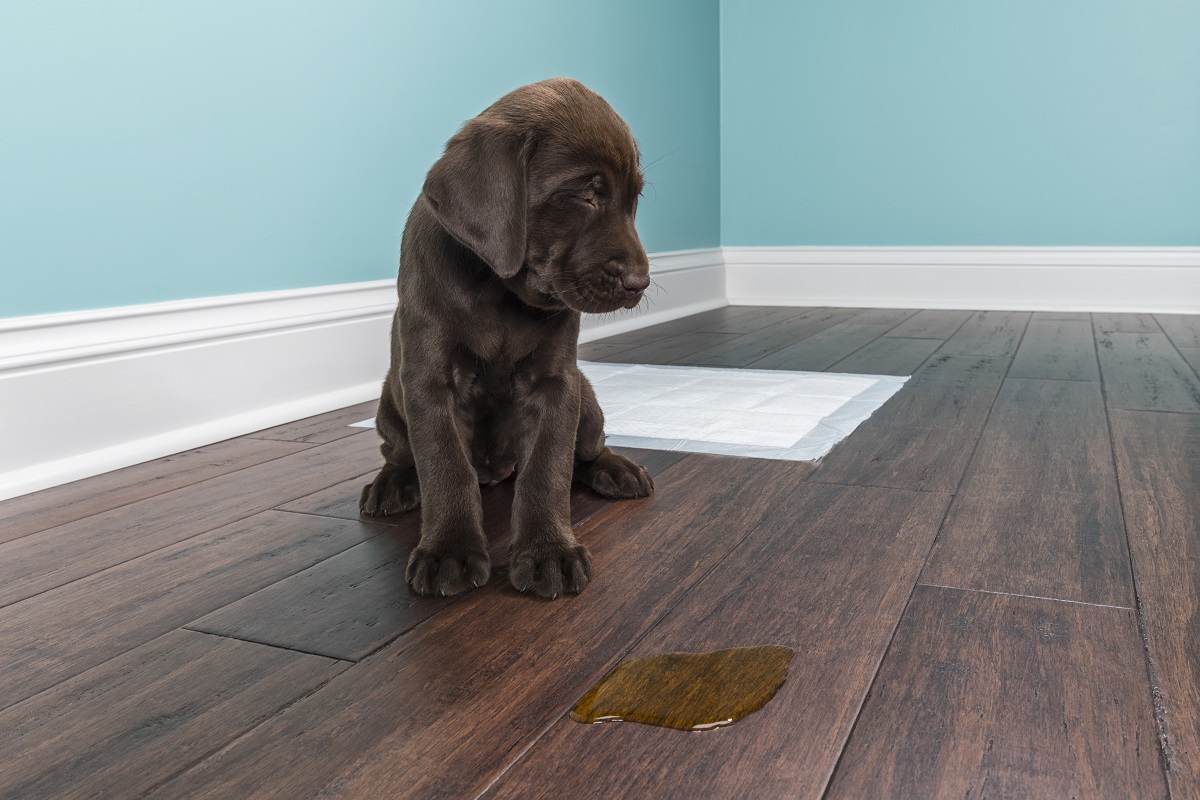
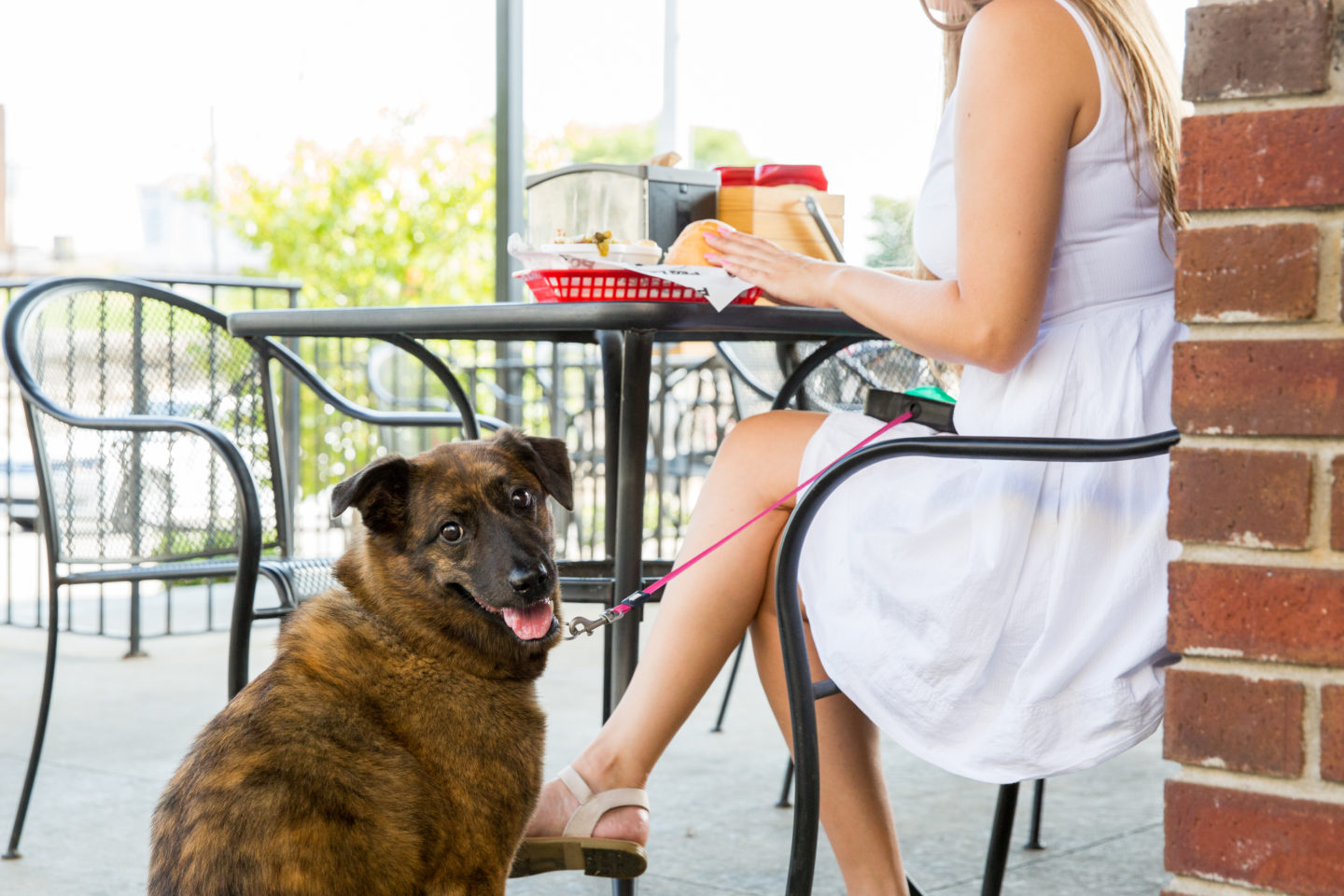
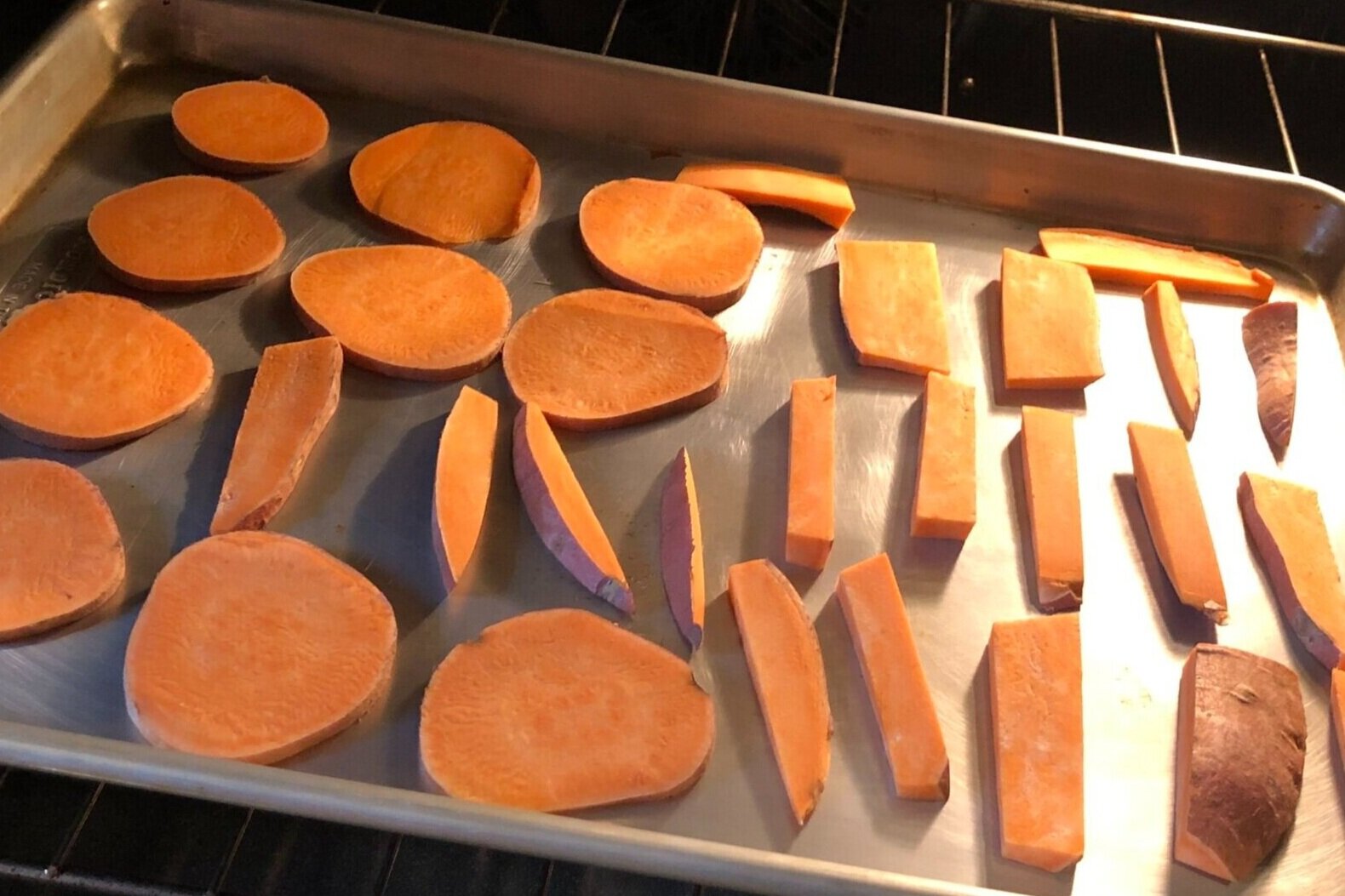
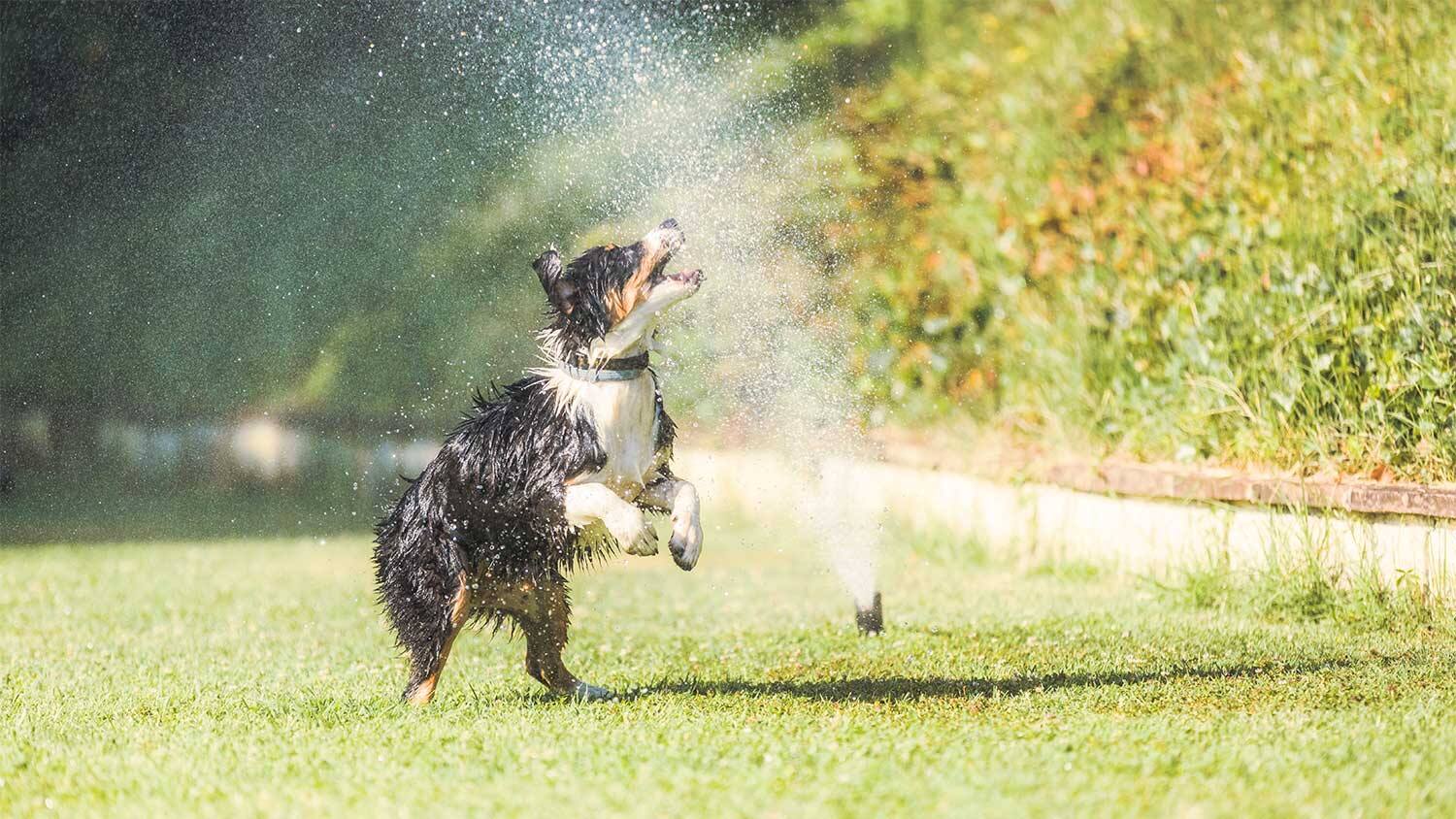
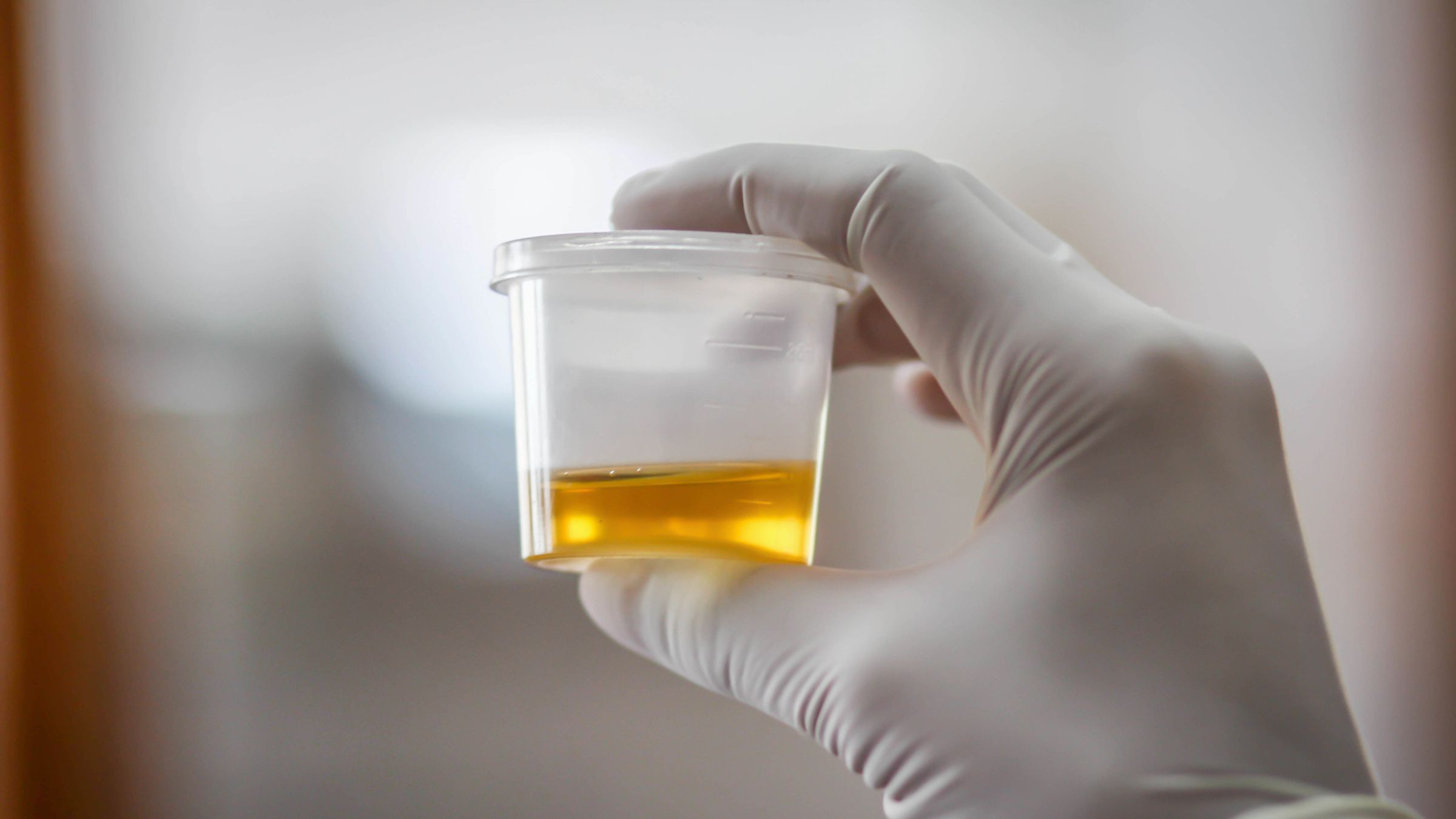

0 thoughts on “How To Treat Dog Urine In Lawns”